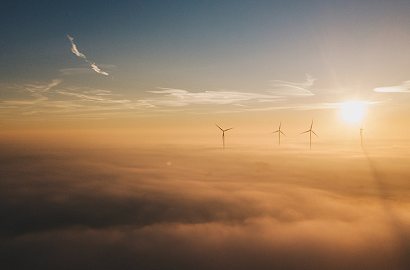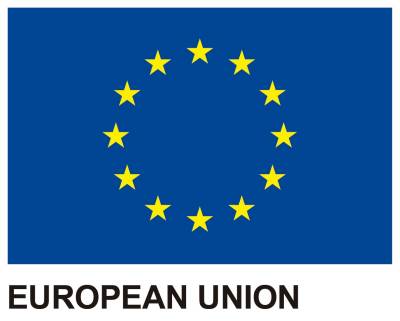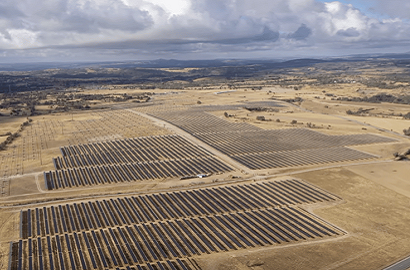Spain second country in world for stand-alone battery-based electricity storage projects

The country also has hydroelectric projects to install 3.3 GW of pumped storage.
Renewable energy will cover almost half of the world's electricity demand by 2030, according to the Renewables 2024 report by the International Energy Agency (IEA), thanks to strong growth and planned projects. Renewable generation is now joined by storage projects, and Spain occupies a prominent place as the country with the second largest projected capacity for stand-alone batteries at an advanced stage of development.
With a significant deployment of renewable energy capacity, Spain stands out in this report for two factors that go beyond traditional solar energy and wind sources in the field of storage. The first is the ability to store energy independently, i.e. in stand-alone batteries, which are not integrated into a power plant. The second is the projected capacity to enhance pumped storage hydropower.
Independent storage
Large volumes of variable renewable energy, which is energy from non-constant sources that depend on factors like light and wind, have created a new need for storage to help balance the system. According to IEA data, there are currently 540 GW of independent storage projects worldwide that are awaiting grid connection.
The vast majority of these storage projects are still at an early stage or being explored. Having considered the 55 GW that are already at an advanced stage of development, the IEA named Spain as the second country in terms of projected capacity, with 19% of the total (around 10.5 GW), behind the United States (64%) and ahead of the United Kingdom (12%), Australia (5%) and Chile (less than 1%).
Pumped storage
Between 2024 and 2030, the IEA expects around 165 GW of hydropower projects to come into operation, a similar figure to that achieved between 2017 and 2023. China clearly leads this field, with around 40% of the projected growth due to its ambition to install large-scale pumped storage and conventional hydropower systems.
However, China's ambition already points to a slowdown, while other countries are aiming for numerous projects. Among these, the IEA highlighted Spain and Austria within the European Union, which together account for 3.3 GW of pumped storage hydropower projects, even though they are much smaller countries than the Asian giant. Also noteworthy are the 14 GW projected between the United States and the United Kingdom, which are also much larger in terms of population and territory.
Variable renewable energy
Renewables 2024, which analyses the current situation of renewable energy and makes a forecast for the end of the decade, has calculated that the capacity built between 2017 and 2023 will be multiplied by 2.7 by 2030, with an extra 5,500 GW, although without reaching the objective of tripling this figure, as was the ambition of Cop28, the 2023 climate summit.
The IEA report explains that Spain has one of the highest shares of variable renewable energy. Over 50% of electricity generation was renewable in 2023, with around 40% of the total coming from wind and solar energy. This means that Spain has already reached the level that the IEA wants to reach globally by 2030. Furthermore, despite this high level of renewable penetration, Spain has managed to keep technical curtailment relatively low compared to other markets.
Technical curtailment occurs when the system operator partially or totally stops production in order to reduce grid voltage. Around 60% of the variable renewable energy curtailed in 2023 in Spain was wind, while the curtailment of solar energy increases significantly in the summer months.
Photo: IEA




